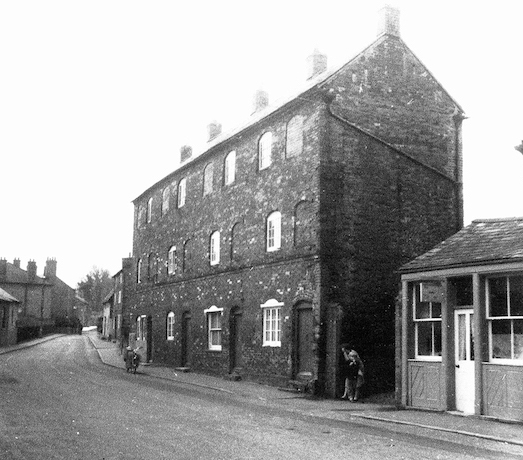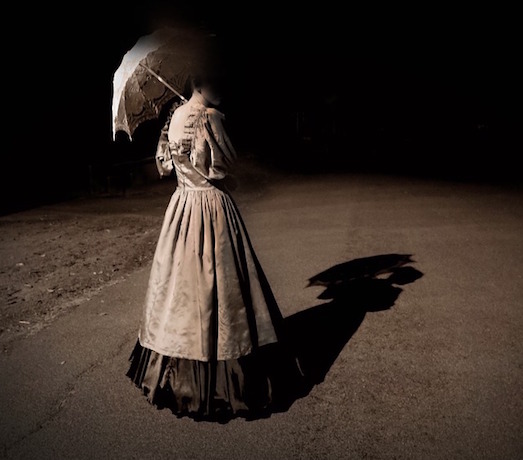The Silk Factory – Ghosts and History.
28
JULY, 2017
for Historia magazine.
In the Northamptonshire village where I live, a friend reported odd sounds in her house and a wholly unexplained smell of soot. I wondered what the site had been used for in the past and found out that it was a silk factory during the industrial revolution. The eerie oddity started me thinking about the ghostly and about old buildings as the holders of many generations’ secrets.
I began to read about the process of making silk: ideas as weird as wafting coal embers above the beds of silk worms during a thunderstorm in order to keep them alive, the practice of ‘kissing the shuttle’ – threading it with your mouth – that spread disease like wildfire through the work force, and nineteenth century children forced to work such long hours that, too exhausted to walk home, they hid themselves in storerooms to sleep. I discovered that the local silk master had been hated for his cruelty and was described, intriguingly, as having ‘a seafaring and weather-beaten appearance with many wounds upon his head’. With this, my character, Septimus Fowler was born: a man so obsessed with building his business that he plans to farm silkworms, despite the unsuitable climate, import sophisticated looms, sack his workers and replace them with paupers for whom he will only have to provide bread and slops.

Feeding the Silkworms.
What events might have taken place at the silk factory and what spirits might haunt it? Two stories – of a modern heroine, Rosie, who witnesses the appearance of a strange lost child, and of a silk-weaving family living in desperate times – began to thread together in my mind, like bright tight-woven ribbons.
“Can you commit a whole country to their own prisons? Will you erect a gibbet in every field and hang up men like scarecrows?”
Still dominating the skyline above the village is a huge Georgian garrison. Locally, it is reputed to have been built as a colossal retreat for George III, should Napoleon invade, but my research suggested otherwise. In the centre of the midlands, an area where textile workers were starving and turning to violence and rebellion, blast houses full of gunpowder and barracks full of soldiers had quite a different purpose – to quell insurrection. Writing ‘on location’ in the shadow of the huge buildings of the garrison, helped me to capture the sense of the might and authority of the establishment over the populace.
The Frame Breaking Act of 1812 made it a capital offence to damage an employer’s looms, yet poverty was so extreme that the crime was almost commonplace. Byron, prompted by pity for the weavers, spoke in parliament against the bill saying ‘Can you commit a whole country to their own prisons? Will you erect a gibbet in every field and hang up men like scarecrows?’ For me, his anger over the exploitation of the many by the few still has a resonance today.

The Silk Factory 1960s.

So, what are ghosts? Rosie, bereft and confused by the discovery of a traumatic family secret, is haunted by memories that seem to tip over into queer perceptions and strange visions. A community’s shadowy awareness of past wrongdoing manifests itself in reports of oddities and apparitions. The past just won’t lie down.


0 Comments